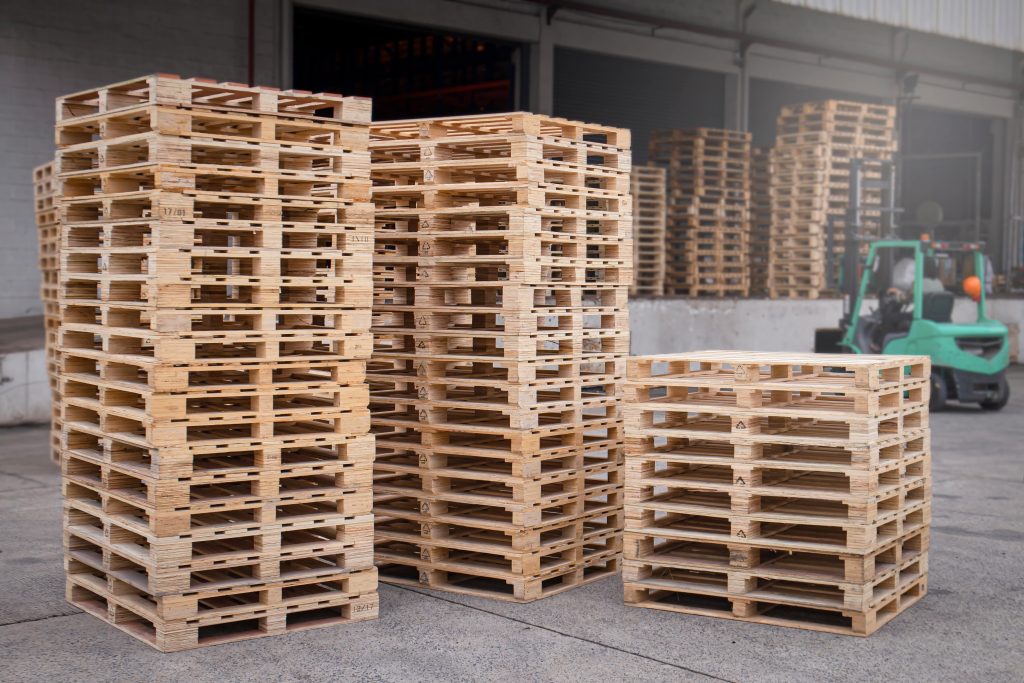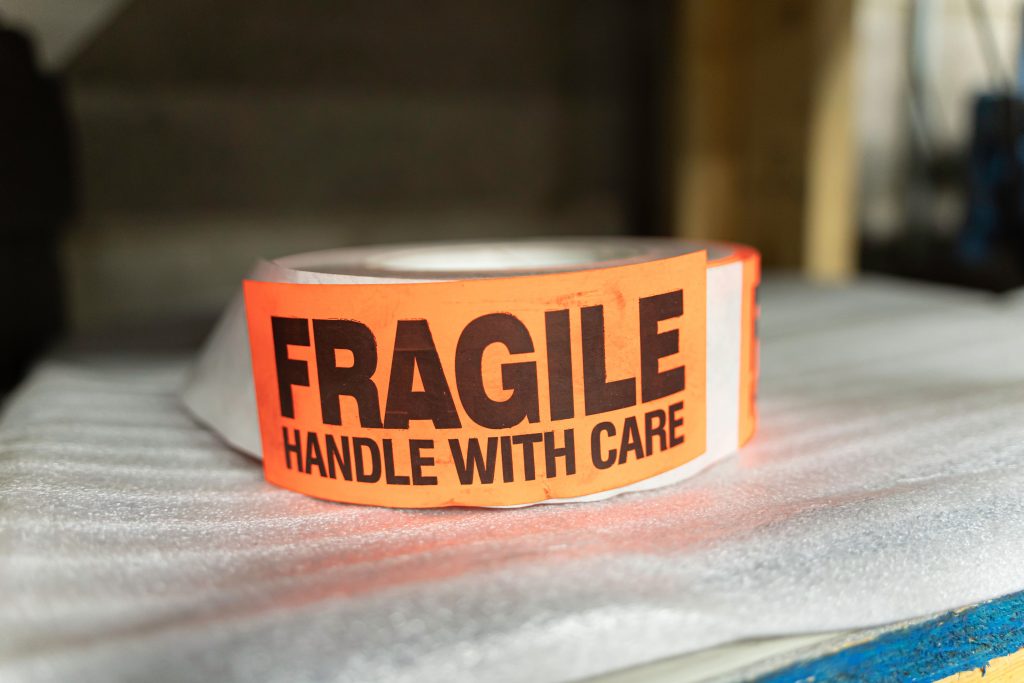Popular, convenient, and cost-effective, less-than-truckload (LTL) freight shipping is a way to distribute smaller pieces of cargo throughout the supply chain.
There are considerable perks associated with LTL shipping, but the process does have its potential drawbacks as well. Perhaps most notably, your cargo will be packed on a trailer alongside many other pallets, and despite leading carriers being quite skilled at loading, unloading, and protecting LTL cargo, accidents can still happen. The end result is a damaged shipment, meaning dissatisfied customers and a massive headache for everyone involved.
Thankfully, you can do your part to reduce the chances of any such issues by following a number of LTL freight and packaging best practices, such as the ones listed below:

1. Invest in Quality Pallets
Successfully shipping LTL freight and packaging starts with high-quality pallets: Ideally, you should look for sturdy wood pallets that are in good condition.
In any case, as you select your pallets, consider upgrading to four-way access options. These provide carriers and warehouse staff with more flexibility during the loading and unloading processes.
In addition, ensure that the type of pallet you choose is rated for the LTL freight and packaging it will be carrying. Otherwise, it will likely break under the combined weight of your items.

2. Build a Sound Foundation
After you have found the right pallets for your shipment, it is critical for LTL freight and packaging that your team adheres to proper stacking procedures.
When building each layer of your palletized freight, the bottom layer of boxes lays the foundation for the top set. Ensure that none of the boxes hang over the edge of the pallet and that the second layer of boxes does not hang over the cartons below it, as that can decrease the strength of your boxes and lead to shifting. In a worst-case scenario, improper stacking can cause your boxes to collapse or fall off the pallet altogether.
3. Be Generous with the Shrink Wrap…
Shrink wrap is a vital packaging component that helps your pallets stay together during transport, loading, and unloading. As such, always ensure that your logistics team is using an adequate amount of high-quality shrink wrap.
With the right amount of the material in place, your boxes will be less likely to fall or shift during transport, which in turn will decrease the chances of any damage occurring. If you want to maximize efficiency, consider investing in shrink-wrapping machines, which can save time and ensure wrapping consistency.
4. …and Your Labels

Properly labeling LTL freight and packaging is another key component to preventing damage during transport. Every single box in your shipment needs to be labeled before being passed off to the carrier. No matter what side of the pallet the carrier is standing on, they should be able to see a label that clearly identifies your cargo.
Proper labeling is especially important when it comes to fragile shipments. If you only apply one “Fragile” label to your pallet, there is no guarantee that it will remain visible once the cargo is loaded. As a result, the crew tasked with unloading your freight may treat it like any other piece of freight until they hear the contents inside break.
5. Consider Crating
If you are shipping especially fragile cargo, consider crating it. Shrink-wrapped pallets do afford a high level of protection, but crates are the safest option in these circumstances.
When crating, confirm that you include labels on all sides of the box, including the lid. Clearly identify what your cargo is and whether it has any special designations (such as fragile or hazardous). Most importantly, ensure that any moveable cargo is braced or blocked inside the crate to prevent it from shifting during transport.
Put Your LTL Freight and Packaging Woes Behind You
Leveraging the LTL freight and packaging tips outlined above, you can significantly reduce the likelihood of your cargo sustaining damage during shipment. Connect with R2 Logistics today to learn more about our LTL freight and end-to-end supply chain management solutions.

